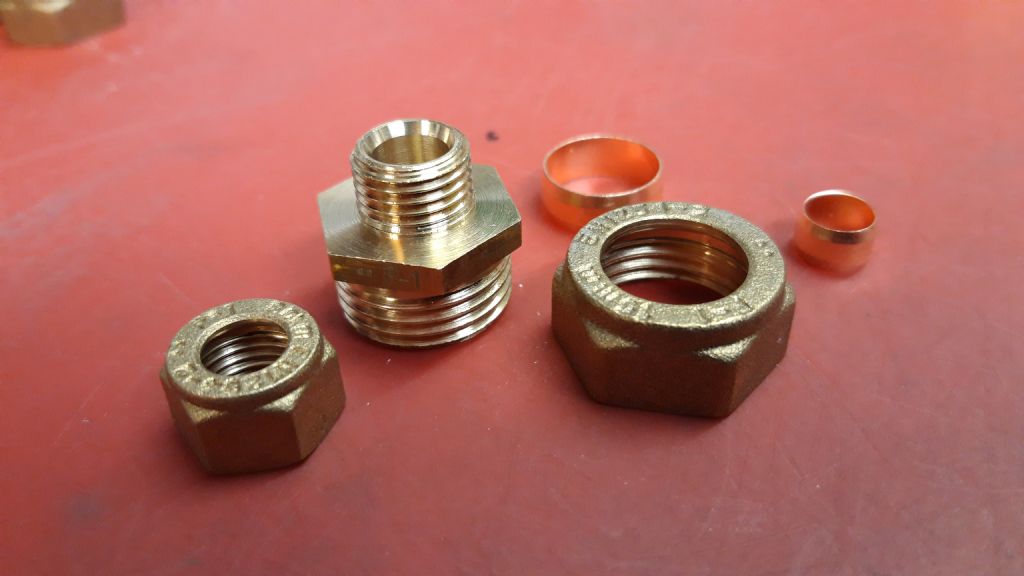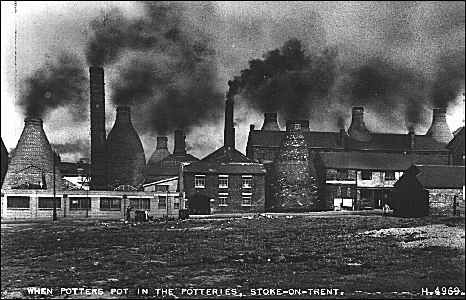Posted by Hopper on 03/03/2021 05:55:32:
Whether cast, drop forged, pressed or sintered, you can rest assured they were done that way because it is cheapest. Production engineers spend their careers thinking about such things…
Very much so, it's all about cost, which changes over time. Materials, transport, wages, tax, tariffs, and competition. What worked well in the past usually comes unstuck sooner or later. If the owner, management or workforce can't adapt, the business goes down the drain. And sometimes nothing can be done: Stoke-on-Trent once produced pottery in gigantic quantities because the town sat on suitable coal and excellent clay, both of which could be had at almost zero transport cost. This was great until all the Coal was gone and fuel had to be expensively imported. At that point, cheap and mid-range Staffordshire pottery became uncompetitive and the companies making it all closed down. They still make excellent pottery in Stoke-on-Trent but it's all top of the range stuff. Production has moved into small modern facilities and all this has gone:

Jeremy Clarkson on 'Who Do You Think You Are' provided another example. He's a member of the once highly successful Kilner Glass Making family – Kilner Jars. Kilner came off the rails in the early 20th century. Still using Victorian labour intensive and fuel wasting methods, they couldn't compete with glassware mass produced in modern factories using American methods. The firm upgraded expensively, but were caught again because the Americans almost immediately improved their methods again, exploiting economies of scale. At this point Kilner realised they had to replace all their existing plant, including the buildings, but were heavily in debt and losing money. They shutdown to cut their losses.
Today CAD/CAM, CNC, and methods like 3D printing are still challenging yesterdays production methods. Casting plumbing fittings is probably the cheapest way of making them in large numbers at the moment. However, if the market for brass plumbing fittings reduced substantially, it might become cheaper to machine them from hex stock. And this is happening: several modern plumbing systems are push-fit, either copper or plastic piping. Anyone making cast plumbing fittings today had better be on the ball, otherwise they might end up bankrupt with a closed factory…
CNC has all but eliminated traditional turning and milling production methods because it reduces the need for skilled operators, is more flexible, and much faster to set-up and run. Manual machine-tools are valuable for specials and small runs, but are otherwise hopelessly uneconomic, also failing to compete with specialist machines like thread rollers. Large factories full of steam-powered line-belt lathes have disappeared and the modern equivalent sits in an ordinary business park, almost indistinguishable from the Carpet Warehouse next door. This creates the illusion that British Industry has somehow 'gone', when it's actually as profitable as it ever was. What's gone are obvious signs of activity like shunting yards, coal tips, smokestacks, mills, factory gates and a huge labour force!
Dave
Mick B1.






